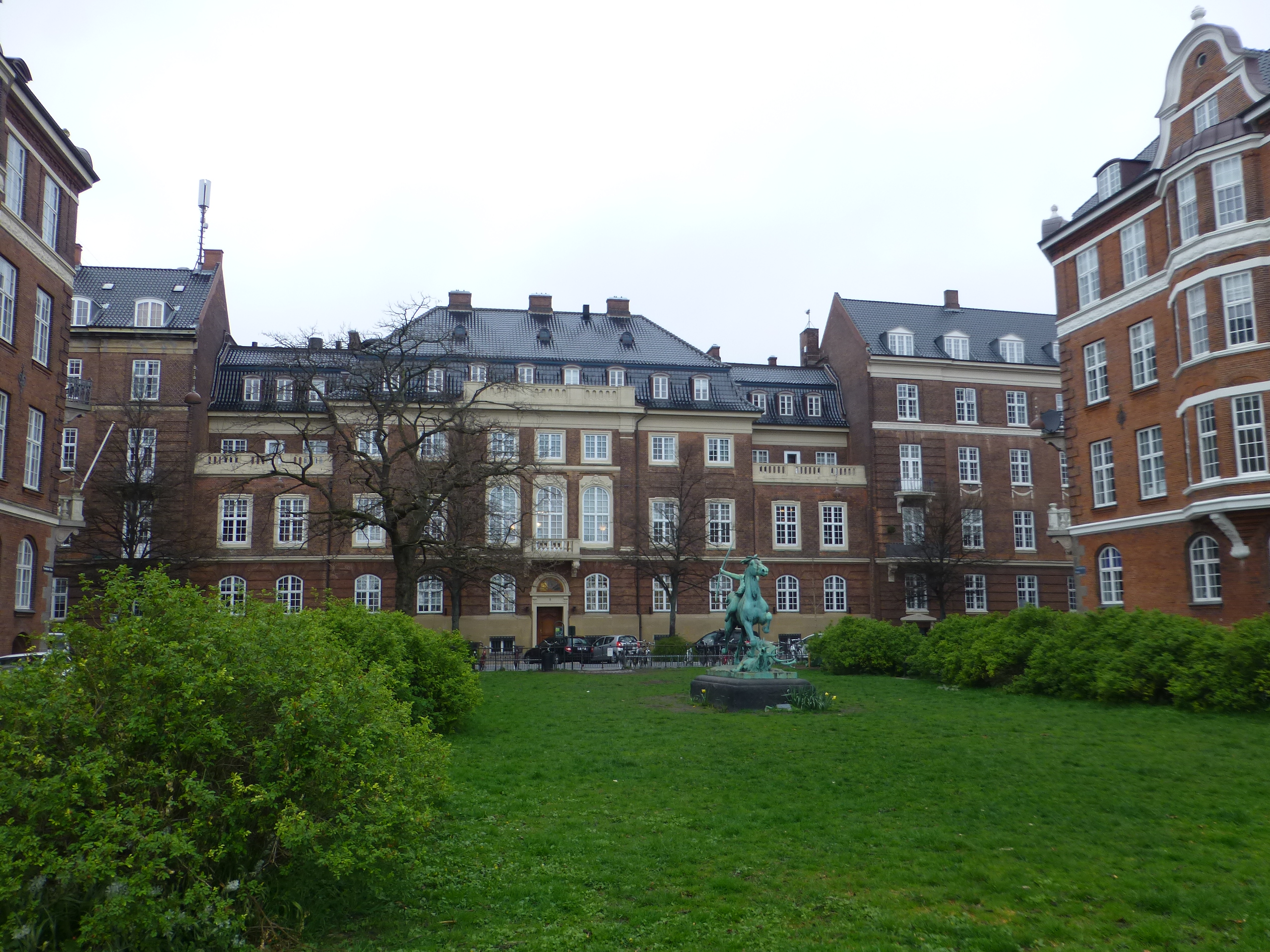Domus Medica (Kristianiagade= on:
[Wikipedia]
[Google]
[Amazon]
Domus Medica, located on Kristianiagade close to
 Domus Medica is designed in the Neo-Baroque style. It is a three-winged, three-storey building with a
Domus Medica is designed in the Neo-Baroque style. It is a three-winged, three-storey building with a
Official website
{{Copenhagen historic houses Houses in Copenhagen Buildings and structures of the Plessen family Danish Medical Association Gotfred Tvede buildings
Østerport station
The fortifications of Copenhagen underwent a comprehensive modernization and expansion in the 17th century. The project was commenced and was largely the masterplan of Christian IV in the early 17th century but was continued and completed by his s ...
in Copenhagen
Copenhagen ( ) is the capital and most populous city of Denmark, with a population of 1.4 million in the Urban area of Copenhagen, urban area. The city is situated on the islands of Zealand and Amager, separated from Malmö, Sweden, by the ...
, Denmark
Denmark is a Nordic countries, Nordic country in Northern Europe. It is the metropole and most populous constituent of the Kingdom of Denmark,, . also known as the Danish Realm, a constitutionally unitary state that includes the Autonomous a ...
, is the headquarters of the Danish Medical Association.
History
The Plessen Mansion was built for the retired diplomat Joseph von Plessen in 1901-06. It was designed by Gotfred Tvede and became the last aristocratic town mansion built in Copenhagen. The Plessen family had previously owned an 18th century, Batoque-style town mansion at Frederiksholms Kanal but it had been converted into two Late Classical apartment buildings at Frederiksholms Kanal 16-18 in 1852-52. With its 97 rooms, the house om Kritianiagade was too big for the Plessen family and the ground floor was therefore rented out to members of the foreign diplomatic corps. When Louise de Plessen and Erik Hasselbalch were married, they took over the first floor. Their daughter, Baroness Varvara Hasselbalch . a writer and photographer, was born in the house and grew up there in the 1920s and 1930s. The Plessen Mansion was acquired by the Danish Medical Association after the end ofWorld War II
World War II or the Second World War (1 September 1939 – 2 September 1945) was a World war, global conflict between two coalitions: the Allies of World War II, Allies and the Axis powers. World War II by country, Nearly all of the wo ...
. The association had been based in a building in Amaliegade
Amaliegade () is a street in central Copenhagen, Denmark, which makes up the longer of the two axes on which the Rococo district Frederiksstaden is centred. Amaliegade extends from Sankt Annæ Plads to Esplanaden, passing through the central pl ...
(No. 5) in Frederiksstaden
Frederiksstaden is a district in Copenhagen, Denmark. Constructed during the reign of Frederick V of Denmark, Frederick V in the second half of the 18th century, it is considered to be one of the most important rococo complexes in Europe and was in ...
. The building, a Rococo
Rococo, less commonly Roccoco ( , ; or ), also known as Late Baroque, is an exceptionally ornamental and dramatic style of architecture, art and decoration which combines asymmetry, scrolling curves, gilding, white and pastel colours, sculpte ...
-style town house originally built by Nicolai Eigtved
Nicolai Eigtved (4 June 1701 – 7 June 1754), also known as Niels Eigtved, was a Denmark, Danish architect. He introduced and was the leading proponent of the French rococo or late baroque style in Danish architecture during the 1730s–1740s. ...
for tobacco manufacturer Ole Høgilds, was subject to Schalburgtage on the night between 7 and 8 June 1944 and never rebuilt.
Architecture
Mansard roof
A mansard or mansard roof (also called French roof or curb roof) is a multi-sided gambrel-style hip roof characterised by two slopes on each of its sides, with the lower slope at a steeper angle than the upper, and often punctured by dormer wi ...
covered in black-glazed tiles. The main entrance is located in a cour d'honneur on Kritianiagade. The rear side of the building faces Trondhjems Plads.
The interior includes the Great Hall, the Blue Room and the Library.
Today
The Danish Medical Association is based on the second floor. Foreningen af Speciallæger and Yngre Læger (YL) are now based in the ground floor, Praktiserende Lægers Organisation (PLO) are based on the third floor and the medical journal Ugeskrift for Læger is based on the fourth floor..References
External links
Official website
{{Copenhagen historic houses Houses in Copenhagen Buildings and structures of the Plessen family Danish Medical Association Gotfred Tvede buildings